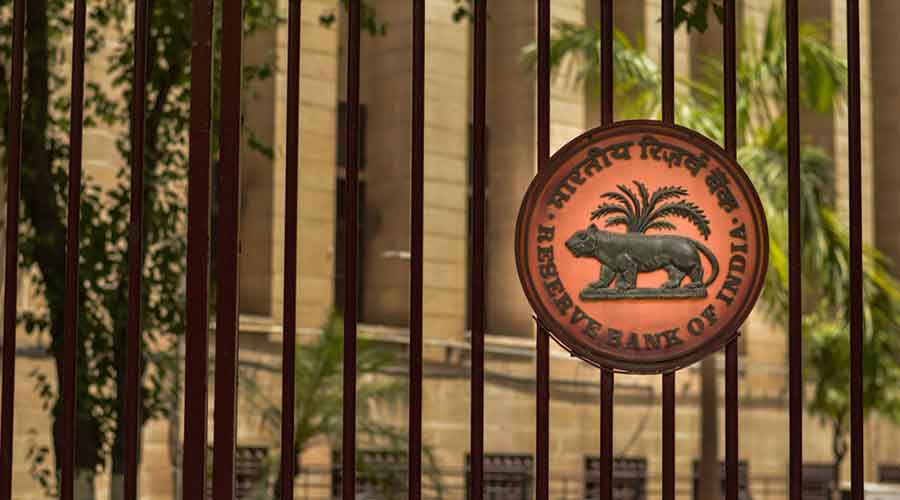The Reserve Bank of India has, quite expectedly, kept policy rates unchanged despite creeping inflation to retain its accommodative stance to support macroeconomic growth. The repo rate remains unchanged at 4 per cent as do the reverse repo rate at 3.35 per cent and the bank rate at 4.25 per cent. It has also kept unchanged its forecast for GDP growth for FY22 at 9.5 per cent. The consumer price index inflation rate has been revised from the earlier forecast of 5.1 per cent to 5.7 per cent. Although the GDP forecast remains at 9.5 per cent, the quarterly figures have been changed with the bulk of the growth coming in the first quarter of FY22 — expected to be 21.4 per cent — with the third and fourth quarter projections as low as 6.3 and 6.1 per cent, respectively. The reason for this imbalance in quarterly growth rates is not clear. Perhaps the RBI has observed that there is a surge in pent-up consumer demand after the ebbing of the second wave of Covid-19 infections. For the remaining quarters, the outlook is more complicated with uncertainties regarding the third wave, global commodity prices and financial market volatility. Given the complex, unpredictable future, the projection for growth is likely to be revised going forward.
An experiment that the RBI began this year was in terms of a new scheme, G-SAP, by which the central bank would undertake planned purchases of government bonds to influence the yield curve. It would ensure that the yields on government paper would not experience spikes. Hence the government could meet its borrowing requirements at a stable, low cost. To this effect, the RBI has announced two more tranches of auctions, each worth Rs 25,000 crore, in August 2021 under G-SAP 2.0. However, this experiment, still in its early days, has not been able to anchor expectations regarding bond yields. The yield on 10-year government paper has been creeping up and is currently around 6.234 per cent. Business and consumer confidence remains virtually stagnant in the face of a challenging past and an uncertain future. Inflation could continue to creep up beyond the RBI’s tolerance limit. On top of this, if aggregate demand does not pick up, the ability to keep policy rates low will come under stress. The RBI has claimed that it has introduced more than 100 measures to combat the impact of Covid-19. Given the poor state of output, inflation and employment, the RBI’s efforts, although they are well-meaning, have remained largely ineffective.











